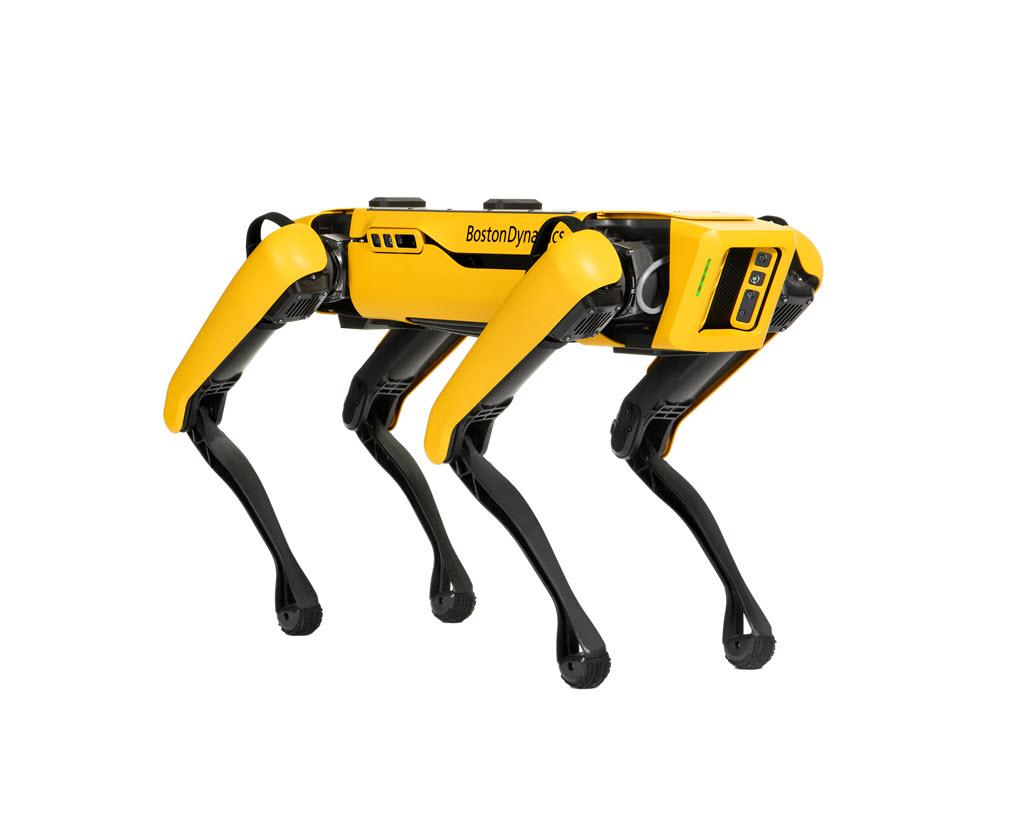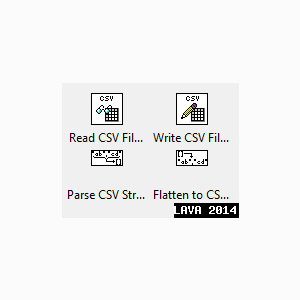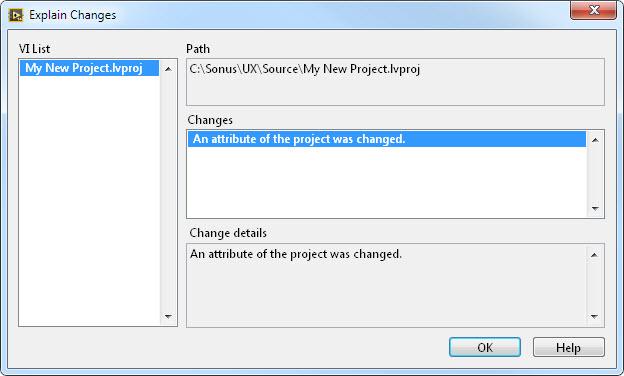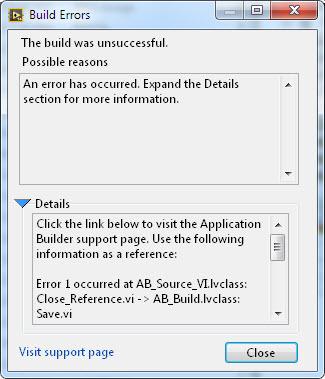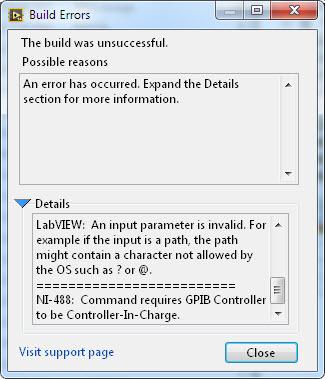http://themacview.blogspot.com/2014_08_01_archive.html
LabVIEW 2014, First 64-bit Version for Mac POSIX Paths
This was long overdue. Paths in 32-bit are formatted in HFS Classic format. 64-bit uses the more common POSIX paths. It's mostly showing slash (/) instead of colon ( between path elements (although there is more to it than that).
There is also a little bit of magic that happens in 64-bit when a path in a string is converted to a path type that allows either format, and then converts it into POSIX style. You can try this by copying the path from the 32-bit path indicator and paste it into the 64-bit indicator. Once focus leaves the indicator, the path will be converted to POSIX format (it's pretty fun to watch).
This magic also happens when using the String to Path primitive. You can have a string of either format and it will convert it to a POSIX path. This makes it easier to transition between 32-bit and 64-bit as you are testing your VIs in 64-bit.
Some other VIs that assist in dealing with paths between 32-bit and 64-bit are Path to Command Line String.vi and Command Line String To Path.vi inProgramming -> String -> Path/Array/String Conversion palette. These VIs are helpful in building a path that can be used in System Exec.vi or system shared libraries in a cross-platform manner. They have actually existed in LabVIEW since before 2009, but are added to the palettes now to assist in transitioning between 32-bit and 64-bit on Mac.
Another path related VI that is helpful for Mac users is Executable Path To Command Line String.vi. This VI helps in getting the path to the executable in an app.
This is particularly helpful writing cross platform code that will launch LabVIEW built apps, LabVIEW itself, or other GUI applications. Windows and Linux just take the path to the EXE. On Mac, the .app is really just a folder. This VI will give you a path to the executable you can call from System Exec.vi, in a cross-platform way. This VI did not make the cut for the palettes, but you can find it in vi.lib/AdvancedString.
